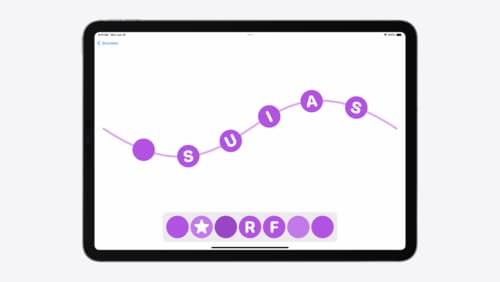How swiftui re render?
Asked on 2024-09-06
1 search
SwiftUI re-renders views based on changes in state. When the state of a view changes, SwiftUI automatically updates the UI to reflect these changes. This is because SwiftUI views are state-driven and declarative. They are not long-lived object instances that receive imperative commands over time. Instead, they are value types defined using structs, which describe what the current state of the UI should be.
When a view's state changes, SwiftUI creates new view values and uses them to determine how to update its outputs. This process eliminates boilerplate code and reduces update bugs. SwiftUI maintains a representation of the user interface behind the scenes, and as data changes, it updates the UI accordingly.
For example, if you have a view that displays a list of pets and their tricks, and you modify a pet object to indicate it has received an award, SwiftUI will track any views that depend on this pet. It will call the view's body again with the updated pet, and the UI will be updated to display the new information, such as an image reflecting the award.
Additionally, SwiftUI provides tools for state management, such as @State and @Binding, which help manage the internal state of views and create dependencies between views and their data sources.
For more details, you can refer to the session SwiftUI essentials (08:50).

SwiftUI essentials
Join us on a tour of SwiftUI, Apple’s declarative user interface framework. Learn essential concepts for building apps in SwiftUI, like views, state variables, and layout. Discover the breadth of APIs for building fully featured experiences and crafting unique custom components. Whether you’re brand new to SwiftUI or an experienced developer, you’ll learn how to take advantage of what SwiftUI has to offer when building great apps.

What’s new in SwiftUI
Learn how you can use SwiftUI to build great apps for any Apple platform. Explore a fresh new look and feel for tabs and documents on iPadOS. Improve your window management with new windowing APIs, and gain more control over immersive spaces and volumes in your visionOS apps. We’ll also take you through other exciting refinements that help you make expressive charts, customize and layout text, and so much more.

Enhance your UI animations and transitions
Explore how to adopt the zoom transition in navigation and presentations to increase the sense of continuity in your app, and learn how to animate UIKit views with SwiftUI animations to make it easier to build animations that feel continuous.
